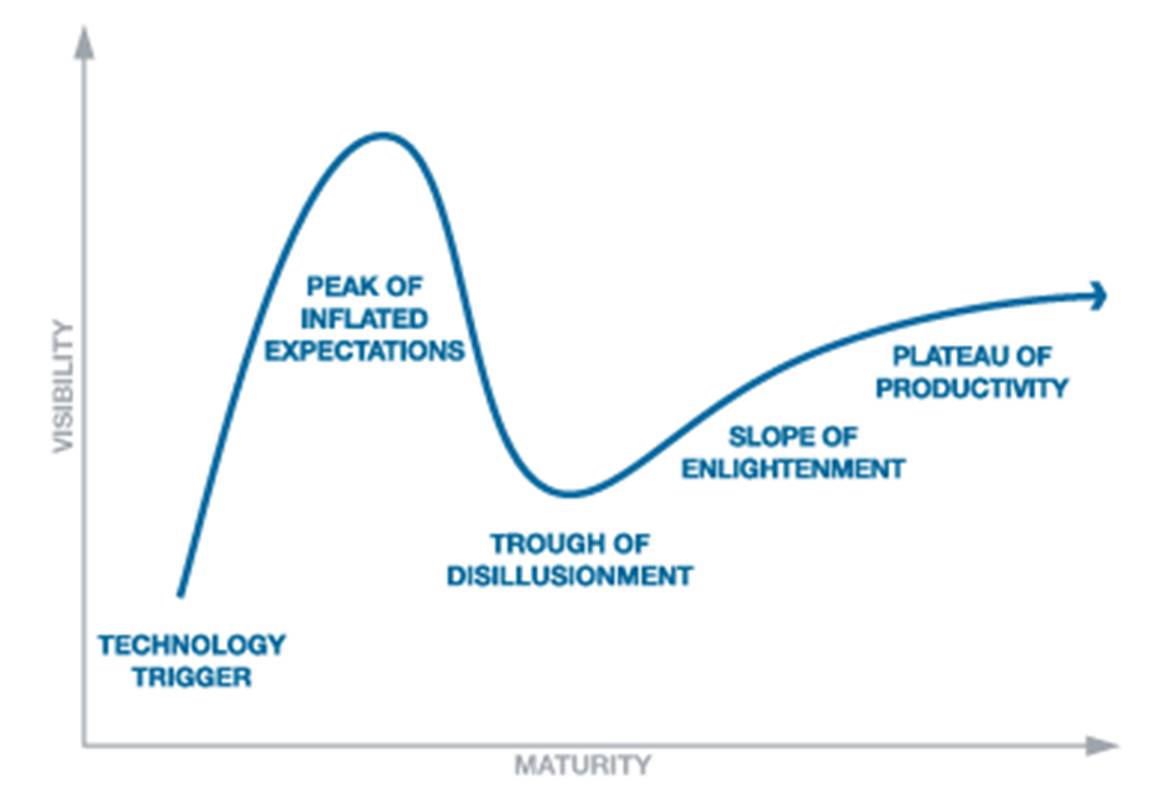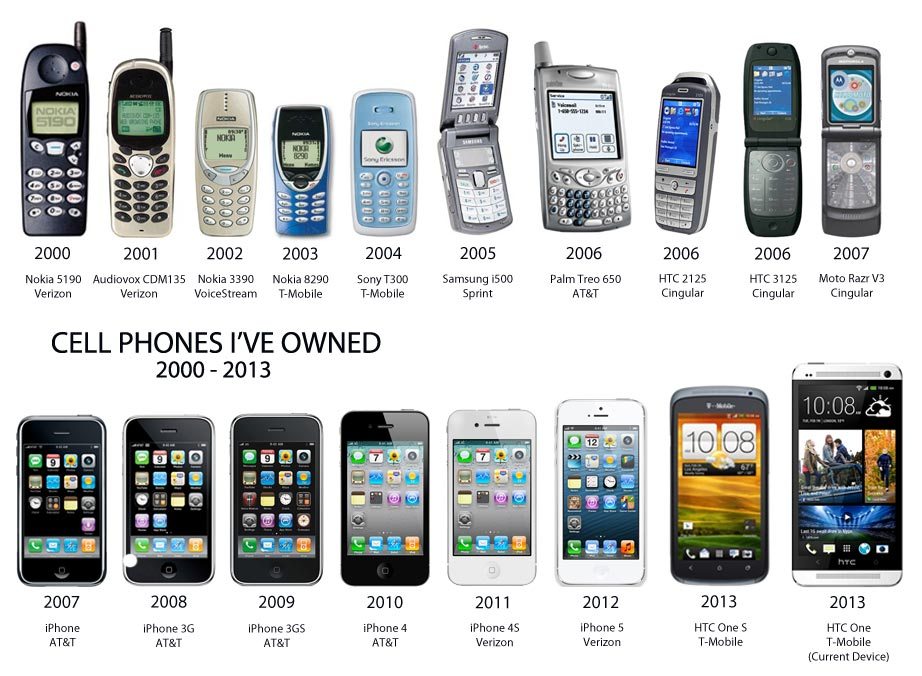It’s a 30+ year old concept that may have just reached its “peak of inflated expectations”

Yes, you read it right! IoT is a buzzword today, and it’s really hyped up as though it’s an innovation that was born today. The concept of the internet-of-things was invented by and term coined by Peter T. Lewis in September 1985 in a speech he delivered at a U.S. Federal Communications Commission (FCC) supported session at the Congressional Black Caucus 15th Legislative Weekend Conference.
In more recent times, the same IoT was called embedded systems technology. Further, with software programming language maturity and predominantly of that of Java language capabilities, machine-to-machine communications got real, coupled with the rapid scaling of internet accessibility. In 2013 the Global Standards Initiative on Internet of Things (IoT-GSI) defined IoT as “the infrastructure of the information society”, which is now today aiding in the new acronym of ‘Smart Cities’.
Also Read: The advantages and disadvantages of Internet of Things
I am reminded of the story of the shepherd boy falsely calling out for help from the attack of the wolf on his flock and, then when it really happened none came to help him. IoT has been a hype since many years and the hardware industry, especially in Taiwan, was looking up to this technology to revive their falling margins.
IoT has reached its “peak of inflated expectations”
However, I have seen frustration all over in my interactions with the OEM companies. The reason for this is well defined by Gartner through its hype cycle.

Gartner’s Hype Cycle
In 2015, IoT was at the curve of ‘peak of inflated expectations’ and predicted to take 5-10 years for mainstream adoption. Businesses that failed to understand this core underlying aspects of IoT business play has failed miserably as the market was just not ready and primarily for its pricing.
Another reason for failure of many companies is the lack of understanding that IoT is an inextricable mixture of hardware, software, data, and services. Yes, this core understanding is important to be an IoT play company. One could be a singular-play company, too, but it should be strategic with a combination of the others to win the cost advantage as IoT has significant low margins. Ideally IoT has to have a sustainable service play business model innovation to be successful.
IoT needs a comprehensive business model
Experts estimate that the IoT will consist of almost 50 billion objects by 2020. The interconnection of these embedded devices is expected to usher in automation in nearly all field. Another reason why IoT will continue to be a hype and many will fall flat similar to failure of the online delivery businesses in 2016 in India is due that there is no clearly identified and focussed core sector for its IoT play. If one sets out to be offering IoT solutions on project basis and ignoring a service business model, then it surely would be not be a sustainable IoT business and cannot reap the true benefits of this emerging opportunity.
There are more than 300 IoT platform companies in the world today. In 2016 Cisco acquired Jasper — an IoT platform company — for US$1.4 billion. This acquisition has further churned the expectations of the IoT opportunities today. However, there is something that one should note before jumping on this hype. Jasper, even though it was an IoT platform company, built a strategic combination of hardware, software, data and services.
Also Read: Asia Pacific will be a driver of global IoT growth in the next 5 years
Another important aspect to note here is that the core architecture of IoT platforms are same, but not all IoT platforms are the same. IoT platforms are being shaped by varying entry strategies of different companies trying to capitalise on the IoT potential. Various strategies are visible with companies:
- Organic bottom-up approach: E.g., Ayla Networks
- Organic top-down approach: e.g., IBM IoT Foundation
- Partnership approach: e.g., GE Predix & PTC Thingworx
- M&A approach: e.g., Amazon – 2lemetry, Nokia and Alcatel-Lucent
- Investment approach: e.g., Cisco
The same applies to OEM (hardware) companies, too. Strategic partnerships are being formed in order to ensure a win-win combination for a sustainable business to ensure a good financial advantage. IoT definitely will throw open a paradigm of opportunities. The below image of the mobile phone evolution is a good analogy.

During the days of brick phones, one did not imagine today we would book an Uber or order groceries through a phone more, much less reduce our dependency on laptops. The same holds true for the evolution that is to come in the era of IoT.
High hopes for emerging markets
Among the markets poised to make landfall gains in this IoT revolution are India and China. India is predominantly a services market and with an advantage that of a single market for most of its services industry (banking, telecom, insurance, capital markets, etc), unlike that of Europe and the US which is fragmented due to various regulators, approval of insurance products by various states. etc. Additionally India, too, has free movement of labour unlike that of China.
—-
The views expressed here are of the author’s, and e27 may not necessarily subscribe to them. e27 invites members from Asia’s tech industry and startup community to share their honest opinions and expert knowledge with our readers. If you are interested in sharing your point of view, submit your post here.
Featured Image Copyright: faithie / 123RF Stock Photo
The post Is the internet-of-things just hype? appeared first on e27.